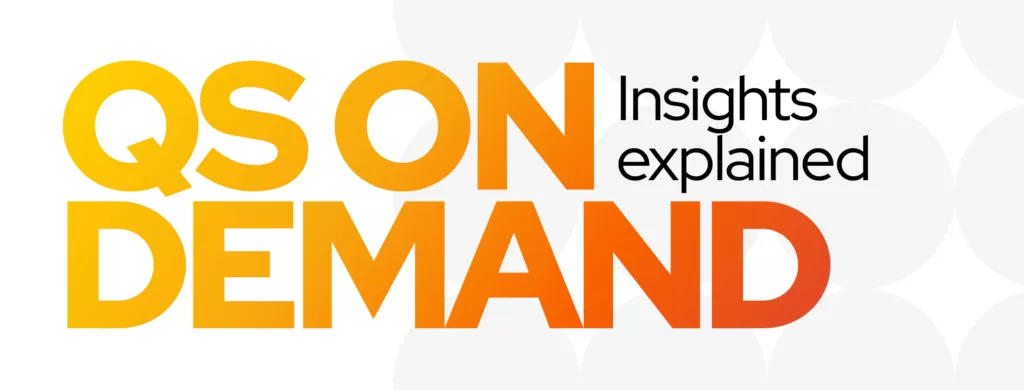On International Women’s Day, it’s important to reflect on the many ways higher education can contribute to the gender equality movement.
In 2016, an extensive study by the London School of Economics and Political Science exposed the gender imbalance that existed within the UK’s higher education curriculum at the time.
The study revealed that, across the academic year 2015/16, of a total of 43 courses, 21% of readings had at least one female author, and male-only contributions made up 79%.
In recent years, higher education institutions across the globe have made significant steps to address the overrepresentation of male voices within their curriculum.
In 2017, the decision by Lund University in Sweden to implement a 40% minimum on the number of female authors represented in reading lists sparked a debate.
A senior lecturer in political science at the university, Erik Ringmar, held the position that the quota forced unwanted changes to his course content.
In response, head of department Tomas Bergström emphasised the importance of such quotas, highlighting that they were “one of many tools for generating awareness of gender issues among the department’s staff and students”.
A higher education reading list that is dominated by male voices is one that excludes the perspectives and experiences of other genders. The education being provided to students is therefore limited; representative of only one demographic in society.
Incorporating the work of women into your curriculum is not only a necessary component of a fair and accurate education, but it can also inspire and motivate current female students to aim for their goals.
With the higher education participation level for young women now standing at 57%, it’s also important that students see themselves reflected in their field of academia.
In the UK, progress has been made to diversify the curriculum, both in terms of gender and ethnicity, yet evidence also suggests that more work needs to be done.
A study from 2019 assessed the gender imbalance seen in the reading lists of one research-intensive British university, revealing that, for Social Science, half of reviewed authors in the reading list were female.
However, the study also revealed that “the majority of co-authored papers (75%) included teams of men and women but the lead author was more likely to be male (55% led by men compared to 43% led by women)”.
An even greater imbalance exists in Science, as 70% of reviewed authors were male, with the gender of the authors of single-author publications reflecting a similar ratio (62% male and 21% female).
While this study is limited by its focus on just one university, it suggests that, while there are more female perspectives expressed in higher education curriculum than ever before, an imbalance still exists in certain areas.
Formulating a gender-diverse curriculum should be a key focus of your institution’s wider diversity mission.
By implementing targets, educating your staff on the importance of diverse perspectives in their teaching and by dismantling any internal prejudice that may be limiting diversity, your institution can create a more inclusive curriculum.
For a greater insight into the state of gender diversity in higher education, including the experiences of transgender and non-binary staff, please see our latest report, Prioritising gender diversity in the workplace at higher education institutions.



